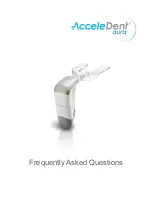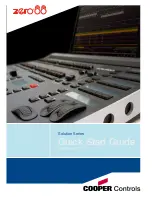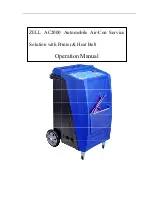
172-65483MA-03(JH3S-X / JH5SL-X) 31 Jul 2017
17
Options
The options shown below are available for this product on
request. Please compare with the product you received.
Options for Area A
(standard: without drain plug)
With Drain Plug
Options for Area B
(standard: no equipment)
Use gloves when operating the lock release valve and keep all body parts
well clear of the product. Failure to do so could result in burns, other injury
or damage from the blowing of small amounts of steam and condensate.
CAUTION
Lock Release Valve (Model: JH3S-LR / JH5SL-LR)
Use on equipment where steam locking/air
binding, which slows the discharge of
condensate and reduces equipment
efficiency, tends to occur (cylindrical dryers,
air fin heater, etc.).
1. When the product is shipped from the
factory, the element retainer is raised in
the maximum, valve-closed position.
2. Before operating the lock release valve,
examine the trap outlet and confirm that the trap is functioning properly.
3. Operate the lock release valve as follows: (tools required: flat-head screwdriver)
- Open Valve - Insert the screwdriver into the slot on the top of the element
retainer and slowly turn clockwise. (Do not turn the element retainer past the
point at which it stops.)
See charts below for steam discharge/air discharge. (Maximums are shown.)
- Close Valve - Insert the screwdriver into the slot on the top of the element
retainer and close by turning counterclockwise.
Raise the element retainer until the snap ring contacts the bottom of the gland
case. (Do not turn the element retainer past the point at which it stops.)
4. If steam should leak from the gland retainer nut or gland case, it can be stopped
by further tightening the gland retainer nut.
(Do not over tighten, otherwise element retainer may seize and become
unworkable.)
Torque
N
⋅
m (lbf·ft)
Distance
Across Flats
mm (in)
35 (26)
21
(
13
/
16
)
(1 N
⋅
m
≈
10 kg
⋅
cm)



































